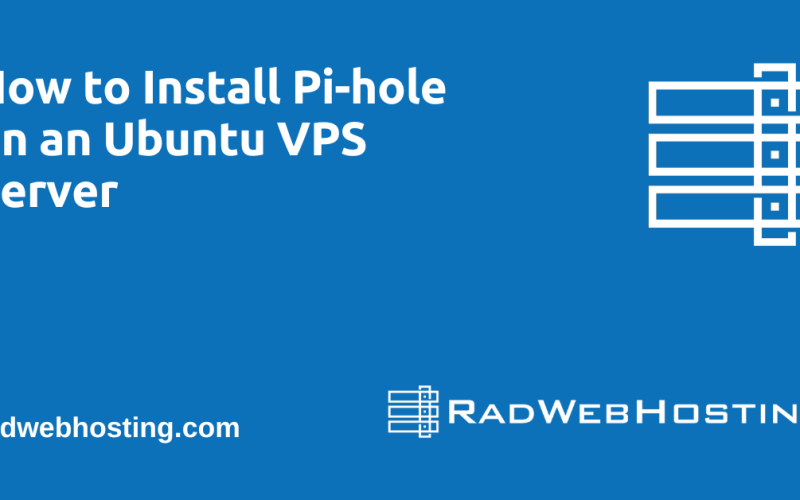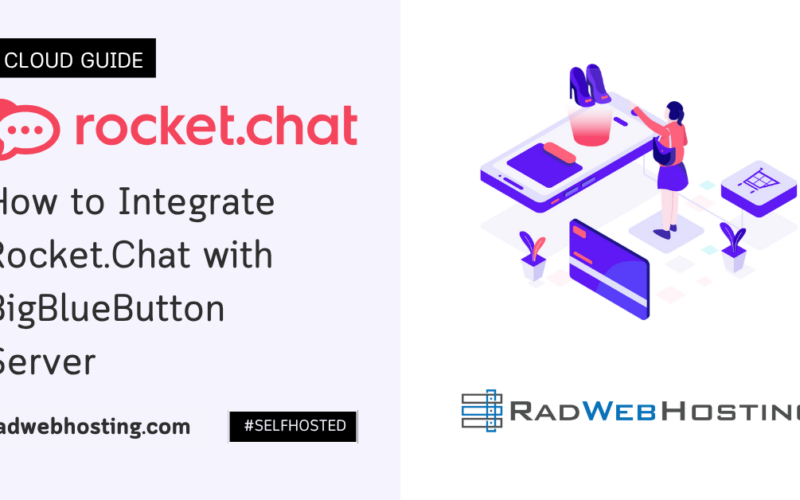
This article presents an in-depth comparison of two of the most popular PHP frameworks: CakePHP vs CodeIgniter. After reading, you will have a better understanding of these two frameworks, including the features, strengths, and weaknesses of each. Both CakePHP and CodeIgniter are popular with PHP developers, but which PHP framework is best for your next project?
Introduction
Choosing the right PHP framework for web development can significantly impact the efficiency and quality of your project. Among the popular options are CakePHP and CodeIgniter. Both frameworks have their unique strengths and weaknesses, making them suitable for different types of projects and developer preferences. This comprehensive blog post will delve into an in-depth comparison of CakePHP and CodeIgniter, covering various aspects such as performance, scalability, ease of use, community support, and more.
READ ALSO: Laravel vs. Symfony: A Comprehensive Comparison of PHP Frameworks
1. Overview of CakePHP and CodeIgniter
History and Development
CakePHP:
CakePHP was released in April 2005 by Larry Masters. It is influenced by the concepts of Ruby on Rails and emphasizes convention over configuration, aiming to make web development fast and easy. CakePHP has undergone significant evolution, with the latest versions providing advanced features while maintaining backward compatibility.
CodeIgniter:
CodeIgniter was developed by EllisLab and released in February 2006. It is known for its simplicity and speed, designed to help developers create full-featured web applications quickly. CodeIgniter emphasizes a lean and minimalistic approach, providing just enough to get the job done without imposing too many restrictions.
Key Features
CakePHP:
- Convention Over Configuration: Reduces the need for extensive configuration.
- ORM (Object-Relational Mapping): Provides a powerful and flexible way to interact with databases.
- Scaffolding: Speeds up the creation of CRUD operations.
- Built-in Validation: Simplifies data validation tasks.
- Flexible ACL (Access Control List): Facilitates robust access control.
CodeIgniter:
- Lightweight Framework: Minimal footprint for maximum performance.
- Simple Configuration: Easy to set up and get started.
- MVC Architecture: Encourages the separation of concerns.
- Form and Data Validation: Simplifies form handling and validation.
- Error Logging: Built-in logging features for better debugging.
2. Performance
Speed and Efficiency
CakePHP:
CakePHP is known for its rich set of features, but this can sometimes come at the cost of performance. The framework includes many built-in functionalities which might slow down execution if not optimized properly. However, for typical web applications, the performance is generally acceptable and can be enhanced with proper caching and optimization techniques.
CodeIgniter:
CodeIgniter is celebrated for its speed. Its minimalistic design ensures that there is very little overhead, making it one of the fastest PHP frameworks. The core system requires very few resources, which translates into quicker execution times and better performance, especially for high-traffic applications.
Resource Management
CakePHP:
Resource management in CakePHP can be intensive due to its extensive feature set. However, the framework allows for optimization through various means such as caching, query optimization, and efficient code practices. Developers need to be mindful of the resources being utilized to maintain optimal performance.
CodeIgniter:
With its lightweight nature, CodeIgniter manages resources very efficiently. It provides a streamlined approach to resource management, with minimal memory consumption. This makes it particularly suitable for applications that require high performance and low latency.
3. Scalability
Handling Large Projects
CakePHP:
CakePHP is designed to handle large-scale applications. Its modular architecture allows developers to build scalable applications by dividing the project into manageable modules. The framework’s ORM and database abstraction layers also contribute to scalability by simplifying complex database interactions.
CodeIgniter:
CodeIgniter is equally capable of handling large projects. Its simplicity and flexibility make it easy to scale applications as needed. Developers can extend the framework with additional libraries and plugins to meet the demands of larger applications. However, because it is less opinionated than CakePHP, careful planning and architecture are essential to maintain scalability.
Flexibility and Extensibility
CakePHP:
CakePHP’s modular design and extensive library of plugins make it highly extensible. Developers can easily integrate third-party tools and libraries to enhance functionality. The framework’s flexibility allows for customization to meet specific project requirements.
CodeIgniter:
CodeIgniter’s strength lies in its flexibility. The framework’s simplicity makes it easy to extend with custom libraries and plugins. Developers have the freedom to structure their applications as they see fit, which can be both an advantage and a challenge, depending on the project’s complexity.
4. Ease of Use
Learning Curve
CakePHP:
CakePHP has a steeper learning curve due to its extensive features and conventions. Developers need to familiarize themselves with the framework’s conventions and best practices to use it effectively. However, once mastered, these conventions can significantly speed up development.
CodeIgniter:
CodeIgniter is known for its ease of use. The framework is straightforward and easy to learn, making it an excellent choice for beginners. Its simple and clear documentation further aids in reducing the learning curve.
Documentation and Tutorials
CakePHP:
CakePHP provides comprehensive documentation and a wide range of tutorials. The official documentation covers all aspects of the framework, from basic setup to advanced features. The community also contributes to a rich repository of tutorials and guides.
CodeIgniter:
CodeIgniter’s documentation is one of its strong points. It is well-organized and easy to navigate, providing clear explanations and examples. Additionally, there are numerous community-driven tutorials and resources available to help developers at all levels.
5. Community Support
Community Size and Activity
CakePHP:
CakePHP has a large and active community. The framework’s longevity has contributed to a strong support network, with many developers contributing to forums, mailing lists, and online communities. This vibrant community ensures that help is readily available for any issues that may arise.
CodeIgniter:
CodeIgniter also boasts a substantial community. The framework’s simplicity and popularity have led to a dedicated user base that actively participates in forums and online groups. The community is known for being friendly and supportive, making it easy to find assistance.
Availability of Third-Party Tools
CakePHP:
The extensive CakePHP ecosystem includes numerous third-party tools and plugins. These tools cover a wide range of functionalities, from authentication to data management, making it easy to enhance and extend applications.
CodeIgniter:
CodeIgniter offers a variety of third-party tools and libraries, though it may not be as extensive as CakePHP’s. However, the available tools are generally of high quality and well-documented, providing ample options for extending the framework’s capabilities.
6. Security
Built-in Security Features
CakePHP:
CakePHP places a strong emphasis on security. The framework includes built-in features such as input validation, CSRF (Cross-Site Request Forgery) protection, SQL injection prevention, and XSS (Cross-Site Scripting) protection. These features help developers build secure applications with minimal effort.
CodeIgniter:
CodeIgniter also prioritizes security, offering features like XSS filtering, CSRF protection, and input validation. The framework provides a range of security tools that developers can leverage to ensure their applications are secure.
Community-Contributed Security Practices
CakePHP:
The CakePHP community actively contributes to security practices. There are regular discussions and updates regarding security vulnerabilities and best practices. This collaborative approach helps keep the framework secure and up-to-date.
CodeIgniter:
CodeIgniter’s community is equally proactive about security. The framework’s simplicity and clarity make it easier for developers to implement secure practices. Community forums and resources often discuss security topics, ensuring developers stay informed about the latest threats and solutions.
7. Development Philosophy
Coding Conventions and Standards
CakePHP:
CakePHP follows strict coding conventions and standards. This approach ensures consistency and maintainability across projects. Developers need to adhere to these conventions, which can be beneficial for larger teams and long-term projects.
CodeIgniter:
CodeIgniter adopts a more relaxed approach to coding conventions. While it provides guidelines, it does not enforce strict standards. This flexibility allows developers to use their preferred coding styles, but it may lead to inconsistencies in larger projects.
MVC Architecture Implementation
CakePHP:
CakePHP is built around the MVC (Model-View-Controller) architecture, which promotes the separation of concerns. The framework’s implementation of MVC is robust and comprehensive, making it easy to manage and scale applications.
CodeIgniter:
CodeIgniter also utilizes the MVC architecture, but its implementation is more flexible. Developers have the freedom to structure their applications as they see fit, which can be advantageous for smaller projects or teams with specific preferences.
8. Built-in Features and Extensibility
Out-of-the-box Functionality
CakePHP:
CakePHP comes with a rich set
of built-in features, including form validation, authentication, and session management. These features can significantly speed up development by reducing the need for third-party libraries or custom implementations.
CodeIgniter:
CodeIgniter provides essential features out of the box but tends to be more minimalist compared to CakePHP. This minimalism allows developers to add only the functionalities they need, keeping the framework lightweight and efficient.
Plugin and Module Integration
CakePHP:
CakePHP’s ecosystem includes a wide range of plugins and modules, making it easy to extend the framework’s functionality. The community actively contributes to the development of these plugins, ensuring they are well-maintained and up-to-date.
CodeIgniter:
CodeIgniter’s plugin and module system is straightforward and easy to use. While it may not have as extensive a collection as CakePHP, the available plugins are generally of high quality and cover most common use cases.
9. Database Support
ORM Capabilities
CakePHP:
CakePHP includes a powerful ORM called CakePHP ORM, which simplifies database interactions. The ORM provides a flexible and intuitive way to work with databases, allowing developers to write less code and reduce the likelihood of errors.
CodeIgniter:
CodeIgniter uses a simpler Active Record implementation for database interactions. While not as feature-rich as CakePHP’s ORM, it is easy to use and sufficient for most applications. Developers who need more advanced ORM capabilities may need to integrate third-party solutions.
Database Abstraction Layers
CakePHP:
CakePHP’s database abstraction layer provides a unified API for interacting with different database systems. This abstraction simplifies the process of switching between databases and ensures that code remains consistent and maintainable.
CodeIgniter:
CodeIgniter’s database abstraction is straightforward and effective. The framework supports multiple database systems and provides a simple API for database interactions. While not as advanced as CakePHP’s abstraction layer, it is sufficient for most applications.
10. Testing and Debugging
Testing Frameworks
CakePHP:
CakePHP includes built-in support for testing with PHPUnit, making it easy to write and run tests. The framework’s emphasis on convention over configuration extends to testing, providing a structured approach to ensure code quality and reliability.
CodeIgniter:
CodeIgniter does not include built-in testing support, but it can be integrated with PHPUnit or other testing frameworks. This flexibility allows developers to choose their preferred testing tools, though it may require additional setup and configuration.
Debugging Tools
CakePHP:
CakePHP offers robust debugging tools, including detailed error messages, stack traces, and logging features. These tools help developers identify and resolve issues quickly, ensuring smooth development and maintenance.
CodeIgniter:
CodeIgniter provides straightforward debugging tools, including error logging and custom error handling. While not as comprehensive as CakePHP’s debugging features, they are sufficient for most development needs and can be extended with third-party tools if necessary.
11. Conclusion
Summary of Pros and Cons
CakePHP:
- Pros:
- Rich set of built-in features
- Strong emphasis on security
- Comprehensive documentation and community support
- Powerful ORM and database abstraction
- Robust testing and debugging tools
- Cons:
- Steeper learning curve
- Potential performance overhead due to extensive features
- Strict coding conventions may require adaptation
CodeIgniter:
- Pros:
- Lightweight and fast
- Easy to learn and use
- Flexible and extensible
- Excellent documentation and community support
- Efficient resource management
- Cons:
- Less feature-rich out of the box
- Simpler ORM and database abstraction
- Requires additional setup for testing frameworks
Recommendations Based on Use Cases
CakePHP:
CakePHP is ideal for large-scale applications where security, consistency, and maintainability are critical. Its extensive features and strict conventions make it suitable for projects with complex requirements and larger development teams.
CodeIgniter:
CodeIgniter is perfect for smaller projects or applications where speed and simplicity are paramount. Its lightweight nature and ease of use make it an excellent choice for beginners and developers who prefer more flexibility in their coding practices.
In conclusion, both CakePHP and CodeIgniter have their unique strengths and are suitable for different types of projects. Understanding the specific needs of your project will help you make an informed decision and choose the framework that best aligns with your goals.









[…] READ ALSO: CakePHP vs CodeIgniter: Which PHP Framework is Best for Development? […]
[…] READ ALSO: CakePHP vs CodeIgniter: Which PHP Framework is Best for Development […]